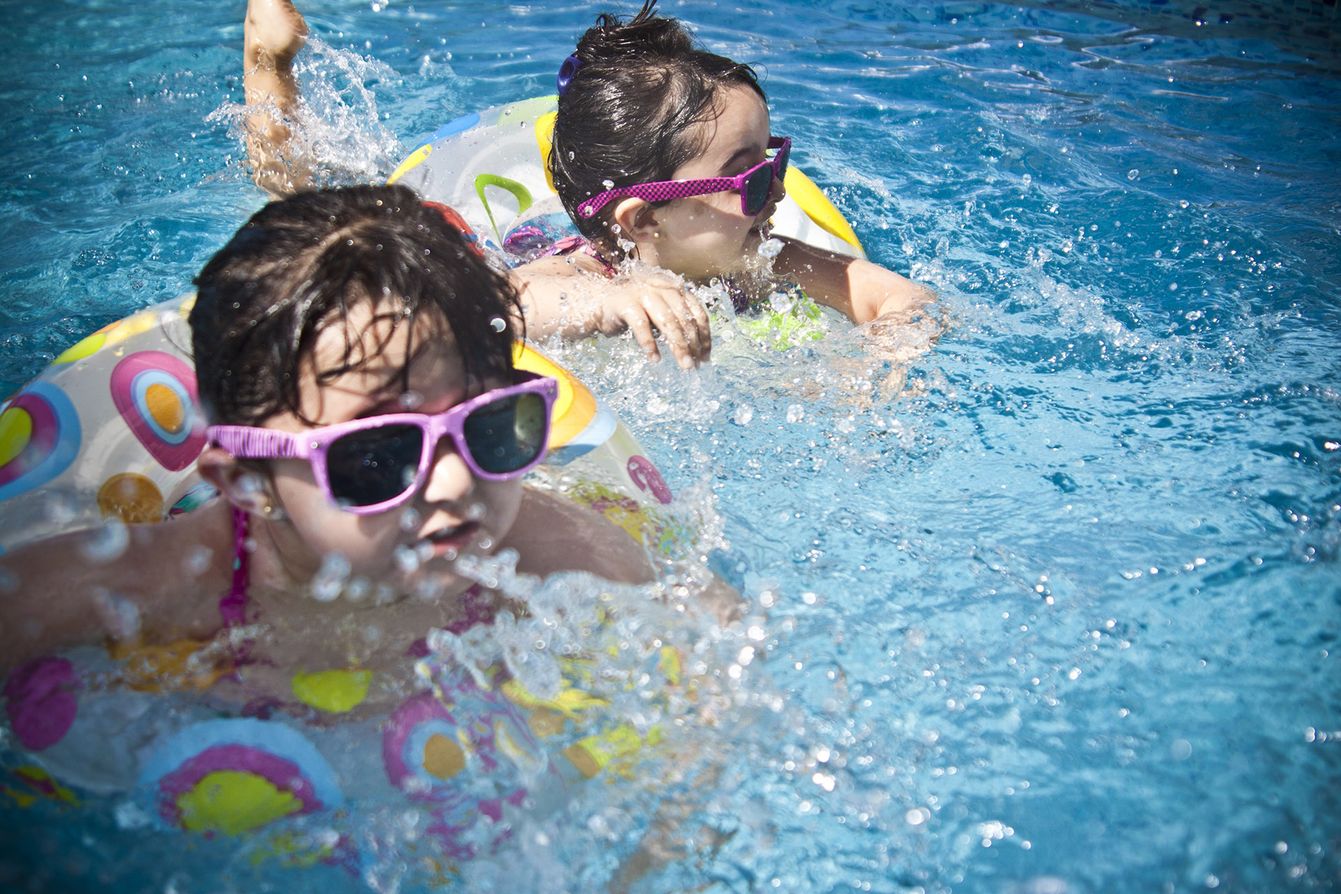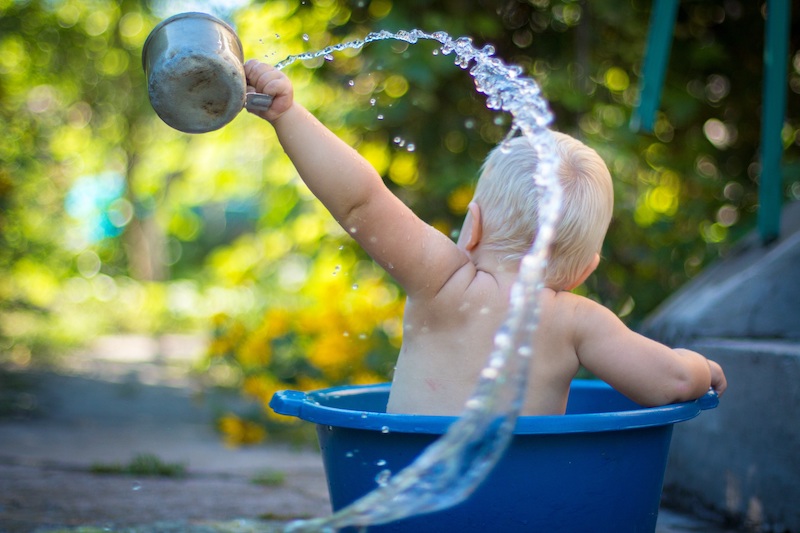Teaching water familiarisation and relaxation in the water at an early age is very important for both parent and child. As babies develop in water in their mother’s womb, it is often a place that they are keen to get back to and feel relaxed in.
Parents can start this process at home—in the bath—from day one.
- If you have a deep bath, you can get in with your baby and bond with them through floating and gentle movement.
- You can also introduce breath control by pouring a small amount of water over baby’s face with repetitive “cue” words, such as “Ready, go.” Pour the water and see the reflex reaction of the baby shutting their eyes and holding in their breath as the water passes over their face. This is followed by lots of positivity by the parent.
- As the baby grows, formal swimming lessons can be introduced, such as a mums’ and bubs’ class at your local swimming pool. This is a great way to continue to bond with baby and meet other parents and bubs.
Right now, drowning statistics in Australia in the under three-year-old age group are at an all-time high. Applying the layers of protection around your child will help keep them safer and help reduce the number of fatal and non-fatal drownings.
So what are the layers?
1. Supervision
You should always supervise your child around any body of water, be it a bath, pool, pond, the ocean or even a fishpond. You need to ensure that you are within arms’ reach of the child and maintain direct eye contact. A young sibling or even a grandparent may not be able to retrieve the child out of a body of water in time if there was an emergency.
2. Barriers
If you have a pool, make sure that the gate and the pool fence are compliant and that there are no pieces of furniture about that a clever toddler can climb to gain access to the pool.
3. Swimming lessons and aids
Flotation devices do not take the place of adult supervision in the pool. While they are great fun, they can also give the child and the parent a false sense of security and ability in the water. Because of this, many incidents occur when a child who is used to wearing a flotation device jumps back into a pool without it, not realising the difference in their ability. If you want to use one, make sure that the supervision is diligent, and the child experiences the water and jumps into the water both with and without the flotation aid.
4. Emergency action plan
If your child goes missing anywhere near a body of water, such as a pond or pool, ensure that you check the water before you look anywhere else, as you could lose precious time searching elsewhere if they have fallen into the water. It is also very important for all parents to learn CPR. Although it can be confronting and seemingly unimportant to learn, the more prepared and educated you are about water safety, the safer your family will be.
Watch this practical demonstration on how do you do CPR on an infant.
Make your child’s first swimming pool experience a happy one
On a lighter note, make sure that you always keep your body language and verbal language positive when making your child familiar with water. Keep your language positive and happy.
If your child isn’t comfortable in the water, don’t push them or just “throw them in”. Take it slowly and let them gain confidence at their own pace.
Avoid telling other people that your child “hates the water” when they are with you, as it can reinforce that they really do and really should hate it.
Don’t compare your child with others of the same age or ability—everyone’s journey is different. Some children instantly love the water, while others need time to become accustomed to it.
You can continue your safer swimming experience by enquiring about swimming lessons or through Tracey Ayton and Ben Holden’s book Learn to Swim, $19.99 RRP. Available at all good bookstores and online.
How helpful was this article?
Click on a star to rate it!
0 / 5. 0
Be the first to rate this post!
Tracey Ayton
Related posts
Subscribe
Receive personalised articles from experts and wellness inspiration weekly!


